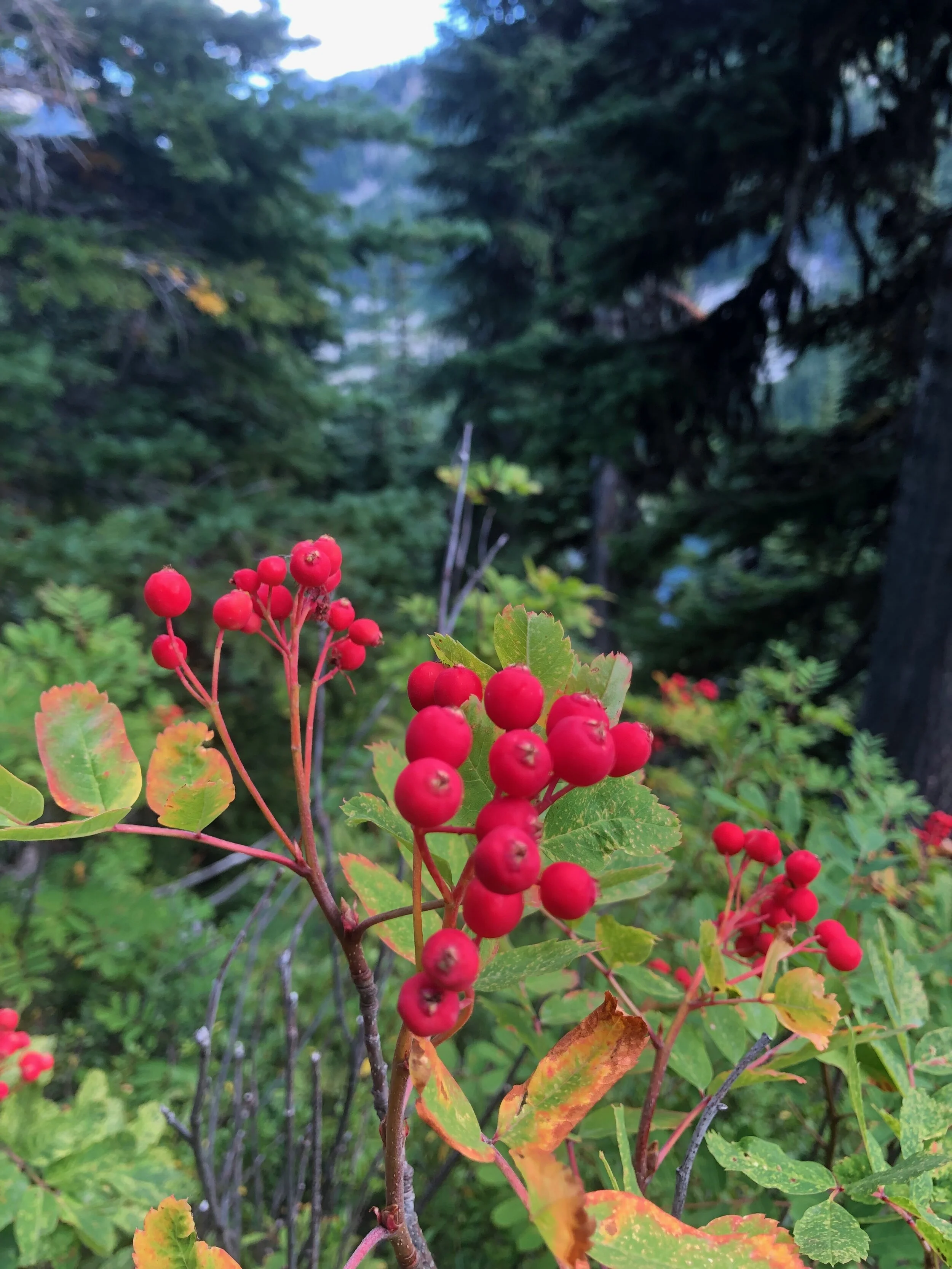Invasive Species Awareness Week (Continued)
Most recently, the reporting app helped alert state officials of the first-ever sighting in the United States of an Asian giant hornet. Asian giant hornet is an invasive species that attacks honeybees and can kill an entire hive in one day. This report was just one of more than 600 the council received last year from the public and demonstrates the critical role the public plays in the quick identification of new invasive species.
“Whether reporting a strange fish you reel in, a plant you spot while hiking or mysterious damage in your flower bed, your reports and information are critically important,” said Justin Bush, executive coordinator of the Washington Invasive Species Council. “The possibilities for transporting invasive species are endless and new species will pop up where they weren’t before. It is key that we find the species as quickly as possible to contain and stop the problem.”
“Invasive species threaten our vibrant agriculture industry, our parks, neighborhoods, home landscapes and even human health,” said Derek Sandison, director of the Washington State Department of Agriculture. “The Asian giant hornet is just the most recent example of the risk that invasive species pose to the state, as well as the importance of residents reporting unusual insect sightings. Doing so literally can save the environment.”
A mountain ash in the North Cascades.
The council invites anyone interested in joining its work in managing and preventing invasive species to tune in to Webinars or join an event happening throughout the week:
Webinars
February 24–Challenges and New Technology for Managing Invasive Fish
February 25–Flowering Rush in the Columbia River Basin
February 25–Regulations that Apply to Moving Firewood Right Now
February 26–Asian Giant Hornet
February 28–Washington Pest Watch: Washington’s First Detector Network
February 28–Western Regional Panel on Aquatic Nuisance Species: Stopping the Spread of Aquatic Nuisance Species
Events
February 25–Chelan County Noxious Weed Board Event
February 27–Columbia Gorge Invasive Species & Exotic Pest Workshop
March 14–Restoration Event with Delridge Neighborhoods Development Association
Being alert and reporting suspected problems is just one action that anyone can take. Other simple actions to prevent and stop invasive species include the following:
Clean your hiking boots, bikes, waders, boats and trailers, off-road vehicles and other gear before you venture outdoors to stop invasive species from hitching a ride to a new location. Learn more about the pathways to spreading invasive species.
On your next walk, watch for noxious weeds. Visit the Washington State Noxious Weed Control Board’s Web site to learn about noxious weeds and if you spot some in your yard or while walking in your neighborhood, notify your county noxious weed control board.
Dispose of unwanted pets, aquarium plants or water, science kits or live bait the proper way and NOT by dumping them into waterways. Released pets often suffer a slow death in winter or may become invasive and damage wildlife and crops. Visit the council’s Don’t Let It Loose Web page to learn the proper ways to dispose of unwanted pets and plants.
Buy firewood where you’ll burn it or gather it on site when permitted. Remember not to move firewood from the local area where harvested. Learn more about the potential dangers of moving firewood.
Protect salmon and steelhead by not moving any fish from one water body into another. This will prevent the spread of fish diseases and protect salmon and steelhead fisheries from non-native predatory fish. Visit the Washington Department of Fish and Wildlife’s Web site to learn more about moving fish.
Use weed-free, certified forage, hay or mulch. Visit the Washington Department of Agriculture Web site to see details of its certification program.
Plant only non-invasive plants in your garden and remove any known invasive plants.
Volunteer to survey public lands and trails as a Citizen Science Invasive Plant Monitor with the Pacific Northwest Invasive Plant Council. Learn more on the plant council’s Facebook page.
Become a Washington State University Master Gardener and help your community identify, report, and properly manage exotic and invasive pests.
Volunteer to help remove invasive species from public lands and natural areas. Contact your state, county or city parks and recreation department, land trust, conservation district, or Washington State University’s Extension office in your area to learn more.
Don’t pack a pest. When traveling abroad, review travel guidelines on items that should not be brought back to the United States. Learn more about Don’t Pack a Pest.
Created by the Legislature in 2006, the Washington Invasive Species Council is tasked with providing policy level direction, planning and coordination for combating harmful invasive species throughout the state and preventing the introduction of others that may be potentially harmful. For more information about invasive species, and ways to keep them from spreading, visit invasivespecies.wa.gov.
More information about the Invasive Species Awareness Week is available online.

